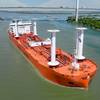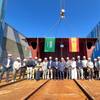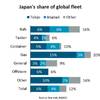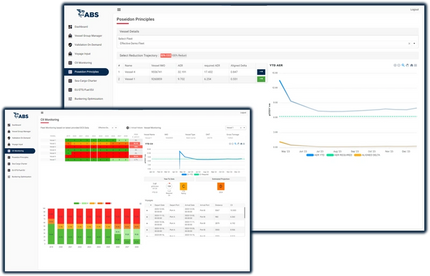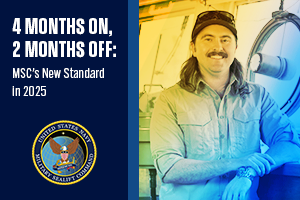Regulation to Cut Ship Pollution May Have Increased Global Warming, Study finds
A new study examined the climate effect of the mandated reduction of sulfur in ship exhaust emissions globally since 2020, and it suggests that the shipping regulation has reduced how much light is being reflected back into space, which has likely contributed towards the record warming over the last few years.
International shipping, while invisible to most of us, has a large impact on climate and air quality. There are nearly 100,000 large ships within the global commercial fleet, accounting for over 90% of international trade. Traditionally, ships have burned dirty, high sulfur fuel that emitted large quantities of sulfur gas and aerosol.
Ship emissions increase the background sulfur aerosol levels over the ocean. The sulphur-containing aerosol act as cloud ‘seeds’, and condensation of water vapor onto these seeds lead to cloud formation. Not only do sulfur aerosol increase cloudiness but these polluted clouds are also generally brighter, due to the small droplet size of the water vapour, which results in more light being reflected back to space.
Consequentially, ship emissions have likely had an unintended cooling effect on the planet, offsetting some of the warming due to greenhouse gases. However, the magnitude of this cooling effect is poorly known.
Aerosol, especially those containing sulfur, are a principal component of air pollution and can adversely affect respiratory and cardiovascular health. Due to air quality concerns, the International Maritime Organization mandated a 80% reduction in the maximum allowed sulphur emission from global shipping in 2020 (IMO2020) so what is the climate impact of this drastic, large-scale policy change?
By using several models, this latest study estimates the change in aerosol induced-cooling as a result of the IMO2020 regulation. The study showed that the spatial patterns in the modelled reduction in cooling strongly correlated with the observed changes in clouds from satellite, with less light reflected back to space. This further correlated with the increased Northern Hemisphere surface temperatures during 2022–2023.
These findings suggest that the reduced sulfur emission since IMO2020, while improving coastal air quality, has accelerated global warming. However, the modeled reduction in cooling due to the regulation can only account for a fraction of the observed cloud changes in recent years, implying that although the shipping regulation contributed, it does not completely explain the record breaking temperatures over the last few years.
Dr Mingxi Yang, an author on the study and Chemical Oceanographer at Plymouth Marine Laboratory, said: “This study represents our current best estimate of the impact of ship emission changes on climate, which still may be on the conservative side. Aircraft sampling of ships emissions before and after IMO2020, as part of the ACRUISE project, showed that the shipping regulation not only changed the amount of sulfur gas being emitted but probably also made the ship-emitted aerosol less efficient at seeding clouds. However, this aspect is not yet accurately represented in models and thus, the full impact of the ship sulphur regulation on clouds still needs to be refined, which is on-going work. Understanding the impact of IMO2020 on climate is not just relevant for the current decade, but for several decades to come as the world aims to rapidly decarbonize and further reduce aerosol emissions.”
The IMO2020 regulations can be seen as an inadvertent experiment in solar geoengineering, but in reverse as it caused warming. Ship sulfur reductions may have contributed a significant amount to the 2023 extreme temperatures in the Northern Hemisphere, but the estimated magnitude appears to be too small to be the only cause. Events like the significant El Niño-Southern Oscillation (ENSO) warming episode from mid-2023 would have played a role as well.
This study was led by Pacific Northwest National Laboratory (USA) in partnership with scientists from Florida State University (USA), Imperial College London (UK), University of Oxford (UK), University of California (USA), Plymouth Marine Laboratory (UK), University of Leeds (UK) and University of Maryland (USA).





